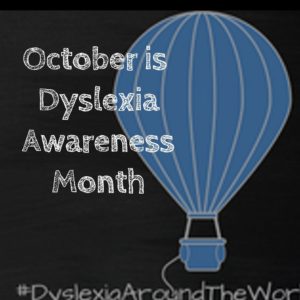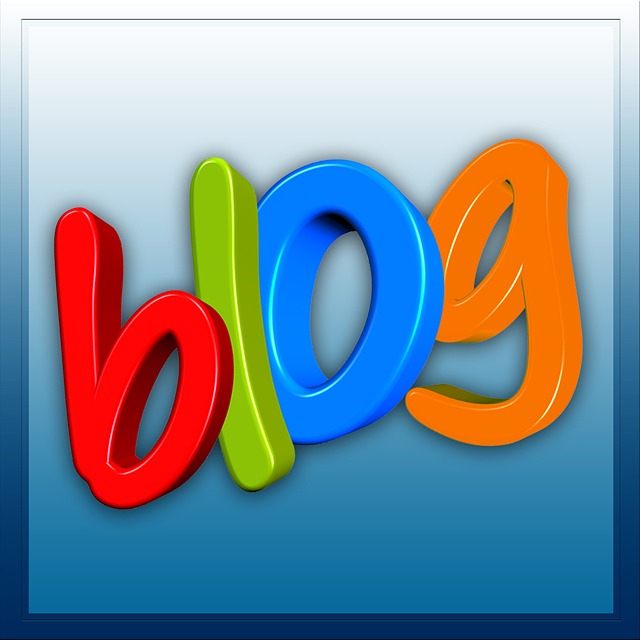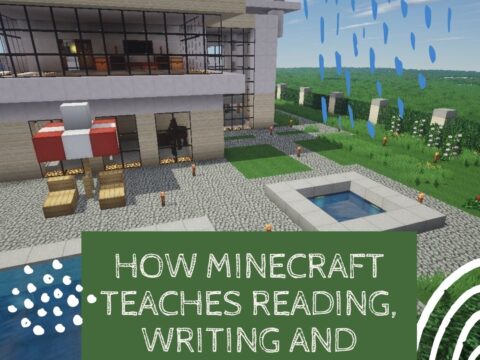 Surprisingly, 15-20% of the population has a language-based learning disability and over 65% of those are deficits in reading. Often, these go undiagnosed as students, parents, and teachers simply think the child is not a good reader, is lazy, or is disinterested. Thankfully, the International Dyslexia Association sponsors an annual Dyslexia Awareness Month in October aimed to expand comprehension of this little-understood language-based learning condition.
Surprisingly, 15-20% of the population has a language-based learning disability and over 65% of those are deficits in reading. Often, these go undiagnosed as students, parents, and teachers simply think the child is not a good reader, is lazy, or is disinterested. Thankfully, the International Dyslexia Association sponsors an annual Dyslexia Awareness Month in October aimed to expand comprehension of this little-understood language-based learning condition.
What is Dyslexia?
Dyslexia is a condition that affects people of all ages, male and female equally, and causes them to mix up letters and words they read making what for most is a joy-filled act challenging and frustrating.
“Dyslexia refers to a cluster of symptoms, that result in people having difficulties with specific language skills, particularly reading. Students with dyslexia often experience difficulties with both oral and written language skills. … It is referred to as a learning disability because dyslexia can make it very difficult for a student to succeed… ”
— the International Dyslexia Foundation
There is no cure for dyslexia. Individuals with this condition must instead develop coping strategies that help them work around their condition. In education, it is not uncommon to accommodate dyslexic students with special devices, additional time, varied format approaches (such as audio or video), and others. Most prominent educational testing centers (like SAT, ACT, PARC, and SBACC) make these available for most of the tests they offer.
Resources
For individual needs such as completing homework, casual reading, personal research, or anything else that requires significant amounts of reading, there is lots of help. The IDA recommends accommodations in areas such as:
- variable work and test-taking settings (such as small groups, reduced distractions, and alternative furniture arrangements)
- changing presentation methods (from verbal instructions to repetition, text size, or shortened pages)
- providing visual prompts (such as highlighted text)
- offer an alternative answer sheet

- provide assistive technology (such as a calculator, text-to-speech tools, and electronic dictionaries)
- suggest varied response methods (such as dictation, recordings, typing, and pointing to answers)
- make accommodations in time and schedule
Here are some of the most popular online websites, downloadable tools, and hardware that many find useful in countering the effects of dyslexia on reading:
Beeline Reader
Requires installation; available as an app or extension
Beeline Reader helps to guide readers’ eyes from the end of one line of text to the beginning of the next using a colored gradient. It is available in sixty languages.
BrowsAloud
Software
BrowsAloud software adds speech, reading, and translation facility to websites for people with not only dyslexia but other mild visual impairments. Many sites now offer this on their webpages. To see if the site you’re interested in offers it, check for the BrowsAloud logo in the corner. You’ll see it on this page in the lower right.
ChromeSpeak
Free apps/extensions
At the time of this publication, Chrome offered twelve apps and extensions for reading-challenged users. These include text-to-speech, translations, webpage readers, and more.
HumanWare
HumanWare offers assistive technology for people who are blind or have low vision. The products include a wide range of innovative products like the BrailleNote Touch (the first Google-certified braille tablet), iOS compatible Brailliant braille displays, digital audiobook players, desktop and portable vision/reading systems, and mobile electronic handheld magnifiers.
JAWS
Software
Fee-based JAWS is one of the most popular screen readers for computer users whose vision loss prevents them from seeing screen content or navigating with a mouse. JAWS provides speech and braille output for PC-based documents in Microsoft Office, Google Docs, Chrome, Internet Explorer, Firefox, Edge, and more.
Natural reader
Web-based tool or software
Natural Reader is a text-to-speech tool that works on most document types — PDF, Word, Docs, EPub, and more. All you do is paste text into the dialogue box and the site reads it to you. There are free and fee versions, depending upon how much text you wish to be read and what additional features you’d like. For example, users can convert text to audio files, making them available anywhere.
Open Dyslexic
Free Chrome extension
Open Dyslexic is an open source font that improves readability for students with dyslexia. It actually changes the font on pages and reformats words for easier reading. Here’s what the font looks like:
Open-Dyslexic is an open sourced font created to increase readability for readers with dyslexia.
Read & Write
Chrome Extension
This free-to-teachers extension will read passages aloud to users. It also includes a dictionary, allows users to create voice notes, and can simplify and summarize text.
Snap n Read
Toolbar
Once the Snap n Read toolbar is installed onto your Chrome browser, the user selects text on a website or a document and clicks the speaker icon on the toolbar.
Sonocent Audio Notetaker
Software
This fee-based notetaking software enables students to take audio notes of lectures and classwork, copy whiteboard diagrams, and view online videos, all easily and autonomously. Once notes are recorded, they can be available as an audio file, be converted to text, and edited.
***
If you have dyslexia, there are tools that will facilitate reading and learning. Check out these I’ve mentioned but also do a browser search to see what else is available for your specific condition. If you have a favorite that works well in your classroom, please add it in the comment section of this post to share with others.
@DyslexiaIDA
@TextHelp
@HumanWare
@FreedomSci
@OpenDyslexic
@Sonocent
More on visual needs:
Technology Removes Obstructed Writers’ Barriers to Learning
A Helping Hand: Assistive Technology Tools for Writing
3 Great Special Needs Digital Tools
Is Orton-Gillingham Right For Your Students?
Jacqui Murray has been teaching K-18 technology for 30 years. She is the editor/author of over a hundred tech ed resources including a K-12 technology curriculum, K-8 keyboard curriculum, K-8 Digital Citizenship curriculum. She is an adjunct professor in tech ed, Master Teacher, webmaster for four blogs, an Amazon Vine Voice, CSTA presentation reviewer, freelance journalist on tech ed topics, contributor to NEA Today, and author of the tech thrillers, To Hunt a Sub and Twenty-four Days. You can find her resources at Structured Learning.





































